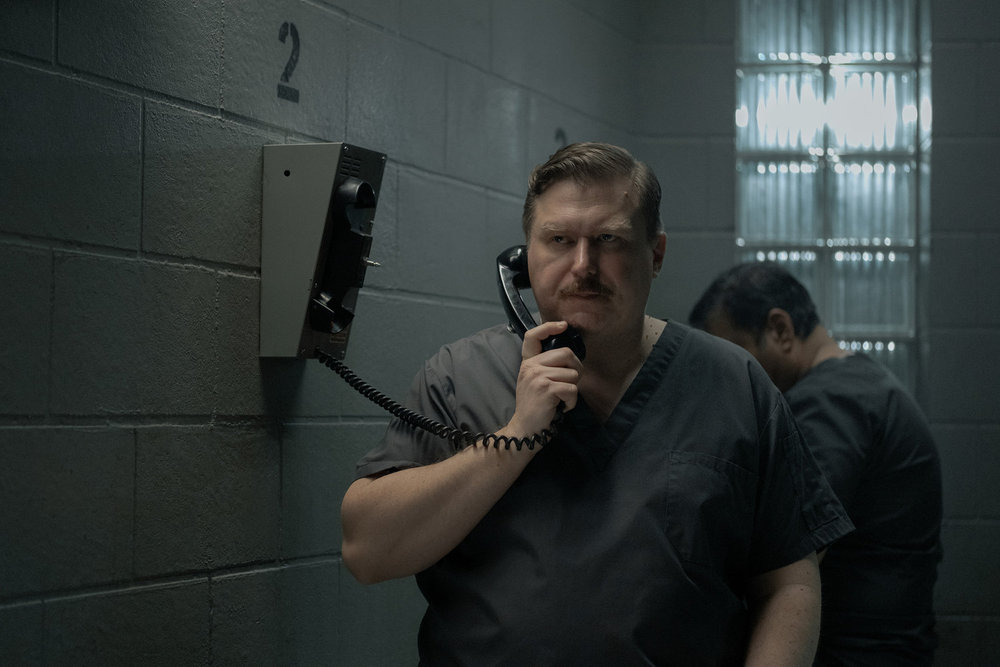
"A square-shaped piece of lumber that was the hatchway to the crawlspace in Gacy's house. Gacy's hand-drawn diagram of the crawlspace, indicating where some of the bodies were buried. A piece of rope Gacy used to strangle one of his victims. Handcuffs and keys. Gacy's appointment book for 1978-79. The jacket worn by Gacy's final victim, Rob Piest, and a receipt from the pharmacy where the 15-year-old Piest worked-the receipt that became a crucial piece of evidence in the case against Gacy."
"To its credit, "Devil in Disguise" is a somber procedural that focuses at least as much on the victims and their families, and the cops and lawyers, as it does on Gacy. Every episode, except the first, ends with archival news photos and film, pictures of real-life figures depicted in the series, courtroom sketches, or snapshots of evidence. (A photo of Gacy's crudely drawn map-the map I saw in that evidence room some 30 years ago-is shown at the end of Episode 2.)"
Access to the Cook County records facility revealed tangible evidence from the John Wayne Gacy case, including a square hatchway piece of lumber, Gacy's hand-drawn crawlspace diagram indicating burial locations, a rope used for strangulation, handcuffs, keys, Gacy's 1978–79 appointment book, the jacket of victim Rob Piest, and a pharmacy receipt crucial to prosecution. The Peacock series "Devil in Disguise" treats the case as a somber procedural that emphasizes victims, families, investigators, and courtroom material. Most episodes end with archival photos, sketches, or evidence images, and the map appears at the end of Episode 2. The series avoids sensationalizing Gacy and portrays him as a monstrous, non-mystical criminal.
Read at Roger Ebert
Unable to calculate read time
Collection
[
|
...
]